As we’ve discussed in prior lessons, a dividend is a payment made by a company to its shareholders, usually in the form of cash or additional shares. It’s a way for companies to share their profits with investors.
Key Dividend Dates
Now, when a company declares a dividend, there are a few important dates to keep in mind: the declaration date, the ex-dividend date, the record date, and the payment date.
Let’s break them down:
Declaration Date: This is the date when the company announces the dividend. It’s where they confirm the amount to be paid and set the schedule.
Ex-Dividend Date: This is the most critical date for investors looking to receive the upcoming dividend. To qualify for the dividend, you must own the stock before this date. If you buy the stock on or after the ex-dividend date, you won’t receive the dividend. The ex-dividend date is typically set two business days before the record date.
Record Date: The record date is when the company looks at its shareholder records to determine who is eligible to receive the dividend. If you own the stock on this date, you’ll get the dividend.
Payment Date: This is the date when the dividend is actually paid out to shareholders. If you’re expecting a cash dividend, this is when it will be deposited into your account.
Company: Coca-Cola (KO)
Coca-Cola has been known for its consistent dividend payments, and the company is often considered a dividend aristocrat, which means it has increased its dividend payout for 25 consecutive years or more. This makes it an attractive choice for income-focused investors.
Here’s it’s 2023 Coca-Cola Quarterly Dividend Example:
- Declaration Date: February 16
- Ex-Dividend Date: March 16
- Record Date: March 17
- Payment Date: April 3
- Dividend Amount: $0.46 per share (quarterly dividend)
Explanation:
- Declaration Date: On February 16 Coca-Cola announced it would pay a dividend of $0.46 per share.
- Ex-Dividend Date: The ex-dividend date was March 16. Investors who owned Coca-Cola shares before this date were eligible to receive the dividend.
- Record Date: On March 17, Coca-Cola determined which shareholders were eligible for the dividend, based on their ownership of the stock.
- Payment Date: The dividend was paid to eligible shareholders on April 3.
- The amount of the quarterly dividend was $0.46 per share
Stock Splits
Let’s talk about a different corporate event called stock splits.
A stock split is when a company increases the number of its shares in circulation by issuing more shares to existing shareholders, while maintaining the same total value of the company. This is typically done to make the stock more accessible to a broader range of investors by reducing the price per share, without affecting the shareholder’s total investment value.
Why Do Companies Do Stock Splits?
If the stock price is very high, the company might split its stock to reduce the price, making it more accessible to retail investors or institutional investors who have specific price range preferences.
With a larger number of shares outstanding at a lower price, the stock may trade more actively. This may improve liquidity. A stock split can be a positive signal that the company is growing, doing well, and has confidence in its future growth. It often happens after a period of significant stock price appreciation.
A stock split does not affect the company’s overall market capitalization. It only changes the number of shares in circulation and the price per share. The value of an investors total holdings does not change immediately after a stock split. The split just alters the number of shares and the share price.
Let’s look at Palo Alto Networks. This company provides a comprehensive cybersecurity portfolio that includes network security platforms, cloud-delivered security services, secure access service edge solutions, and AI-driven security operations platforms.
In November 2024 Palo Alto Networks (PANW) announced a 2-for-1 stock split.
- Announcement Date: November 20
- Split Ratio: 2-for-1 stock split
- Record Date: December 12
- Payable Date: December 13
- Ex-distribution Date: December 16
Shareholders of record as of Dec 12 received one additional share for each share they own after the market close on Dec 13. The total value of ownership doesn’t change – it’s just a different way of viewing the shares.
Stock Split vs. Reverse Stock Split
Another event to consider is a reverse stock split. A reverse stock split is the opposite of a regular stock split. If Palo Alto Networks were to conduct a 1-for-2 reverse stock split, an investor would end up with half the number of shares they had before, but the share price would double. For example, if you owned 100 shares at $600 each before the reverse split, after the reverse split you would own 50 shares at $1,200 each, but your total investment value would remain the same.
A reverse split is typically done when a company wants to increase the stock price to meet listing requirements on stock exchanges.
These dates and events are all part of the rhythm of investing in dividend stocks, and knowing how they work may help you make informed decisions in building an income-generating portfolio.

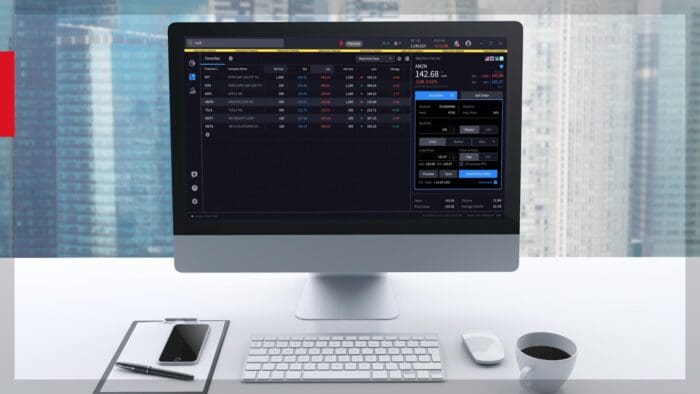

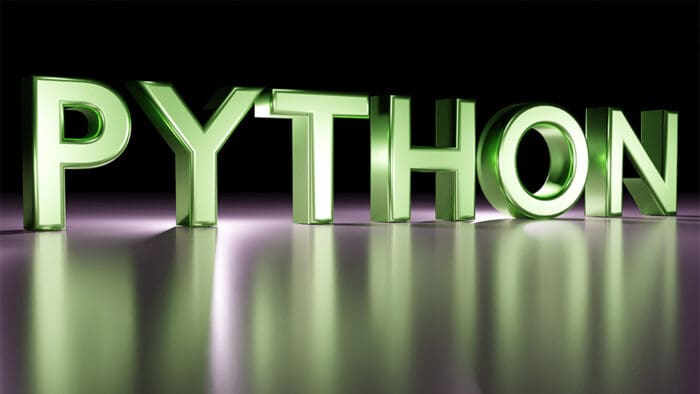
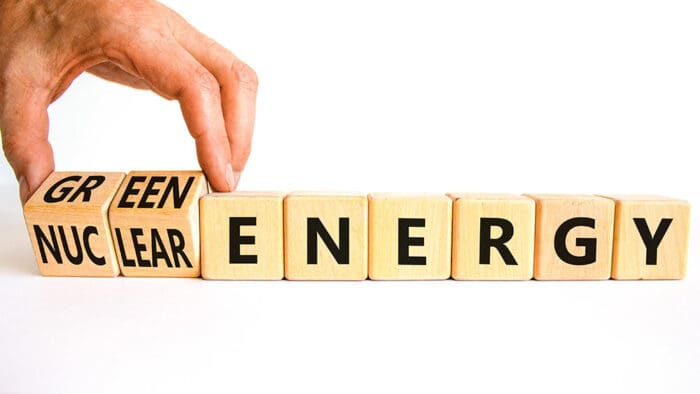



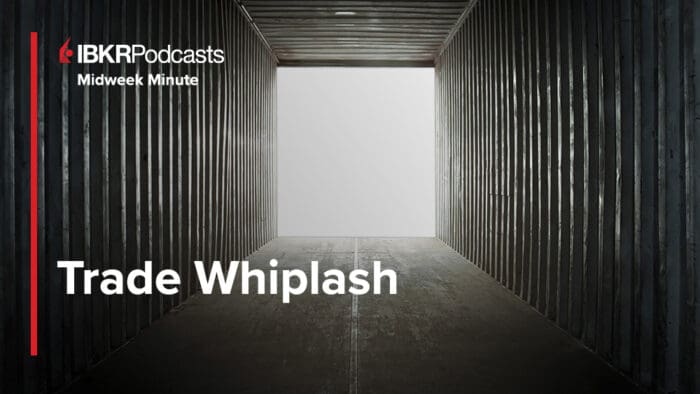
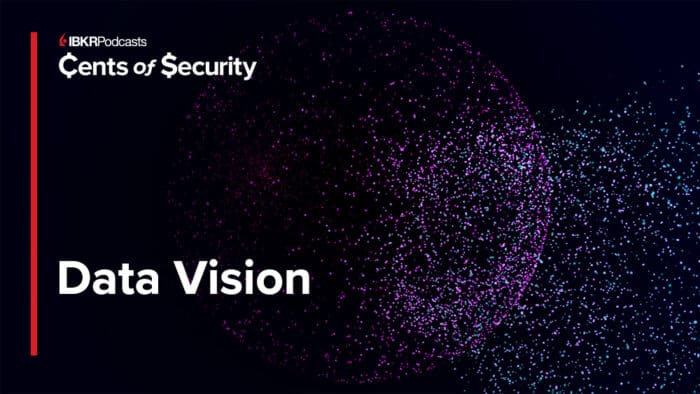

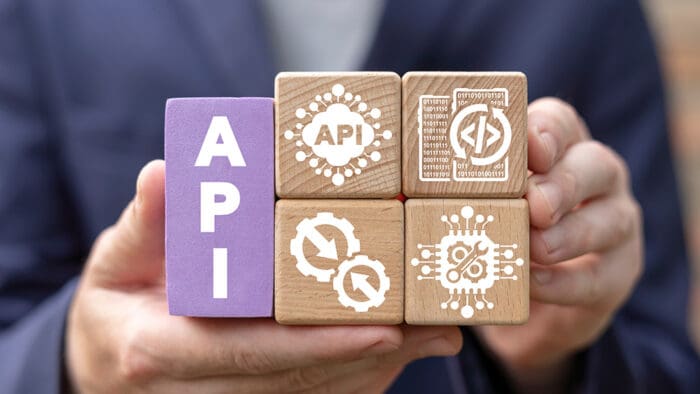

Join The Conversation
For specific platform feedback and suggestions, please submit it directly to our team using these instructions.
If you have an account-specific question or concern, please reach out to Client Services.
We encourage you to look through our FAQs before posting. Your question may already be covered!